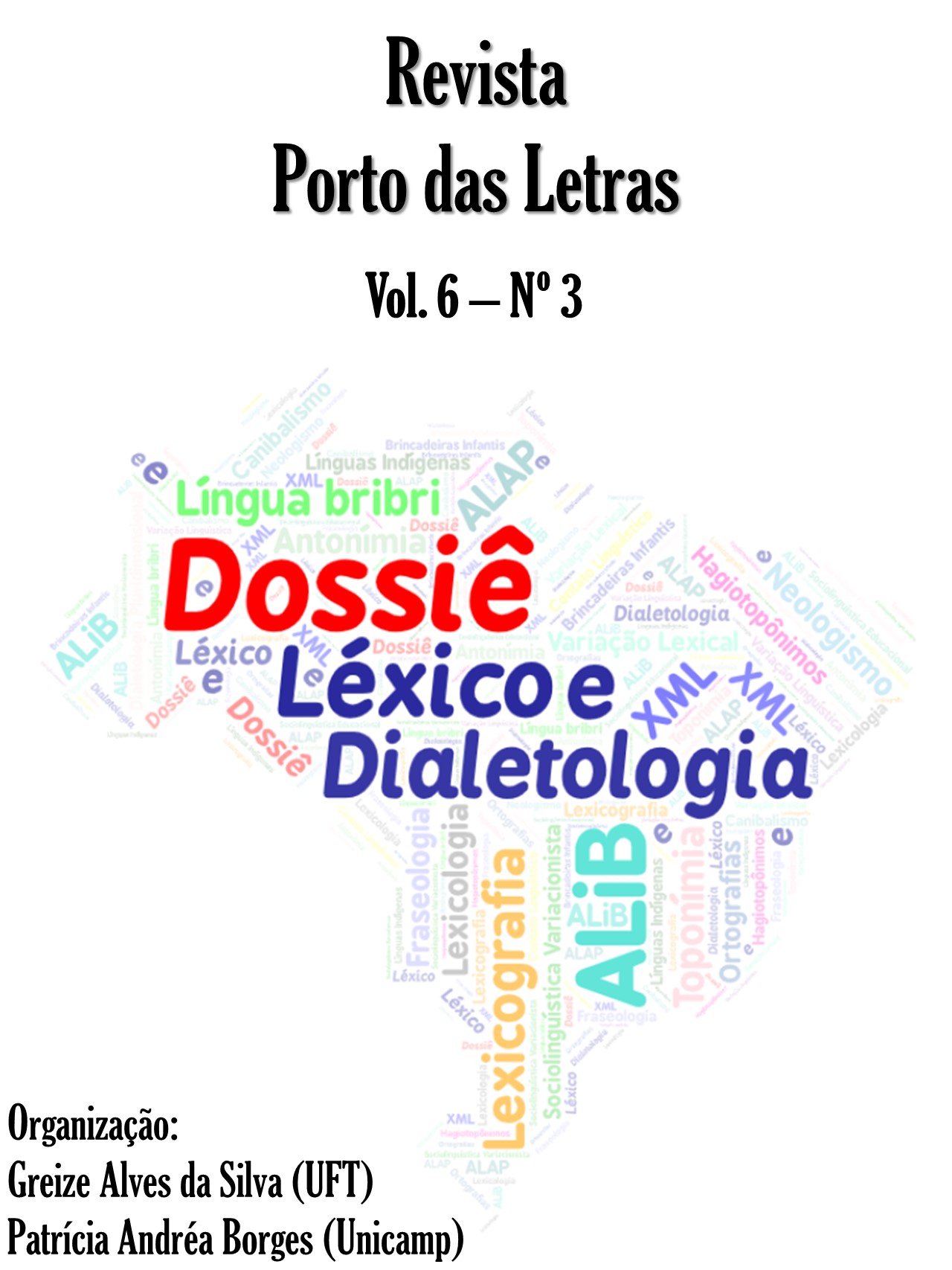THE APPROACH TO LINGUISTIC VARIATION IN HIGH SCHOOL TEXTBOOKS IN PORTUGUESE LANGUAGE
Keywords:
Linguistic Variation, Educational Sociolinguistics, TextbookAbstract
The textbook plays an important role in Brazilian education, as it is most often the main teaching material used by Portuguese language teachers in the classroom. That said, official documents, such as the National Curricular Parameters (PCN), guide the teaching and learning of the Portuguese language and highlight the importance of inserting linguistic variation in the work with the language, due to the heterogeneity of Brazilian Portuguese. For this reason, many textbooks deal with the subject of variation, but in some, there are still inconsistencies in relation to variation and, in many cases, their approach is only to meet the requirements of government programs, such as the Programa Nacional do Livro Didático (PNLD), which end up not being concerned with learning and reflection that can be generated in the classroom, leaving it to the teacher to go deeper into the subject. Thus, our objective in this work is to analyze how the treatment of linguistic variation occurs, in Portuguese language textbooks, in high school. For that, we will use the Portuguese Contemporary collection: dialogue, reflection and use, by authors William Cereja, Carolina Dias Vianna and Christiane Damien (2016), destined for High School, basing ourselves on educational sociolinguistic studies, in order to realize if there is a regularity in the work with the variations or if it is only limited to the mere identification of the varieties.
References
______. Preconceito Linguístico: o que é, como se faz. São Paulo: Loyola, 2003.
BELINI, R. G. C.; SOUSA, M. M. F. A variação linguística no livro didático: um olhar sob a perspectiva sociolinguística. In: Revista (Con)Textos Linguísticos: Revista do Programa de Pós-graduação em Linguística da Universidade Federal do Espírito Santo. v. 8 n. 10. 2014.
BORTONI-RICARDO, S. M. O português brasileiro. In: _____. Educação em língua materna: a Sociolinguística na sala de aula. São Paulo: Parábola, 2004 (p. 51-70).
________. A variação linguística como processo identitário. In: ____. Nós chegamu na escola e agora? Sociolinguística e Educação. São Paulo, 2005 (p. 175-188).
¬¬¬¬¬¬¬________. A contribuição da análise de redes ao ensino da língua materna. In: ____. Nós chegamu na escola e agora? Sociolinguística e Educação. São Paulo, 2005 (p. 83-102).
BRASIL. Ministério da Educação. PNLD 2018: língua portuguesa – guia de livros didáticos – Ensino Médio/Ministério da Educação – Secretaria de Educação Básica – SEB – Fundo Nacional de Desenvolvimento da Educação Brasília, DF; Ministério da Educação, Secretaria de Educação Básica, 2017.
BUNZEN, C. S. J. Livro didático de língua portuguesa: um gênero do discurso. Dissertação (Mestrado em Linguística Aplicada) – Instituto de Estudos da Linguagem, Universidade de Campinas – UNICAMP. Campinas, p. 168. 2005.
CARVALHO, C. S. Conhecimento (sócio)linguístico, livro didático de ensino de português. Revista Tabuleiro de Letras (PPGEL, Salvador, online), vol.: 12. 2018.
CASTILHO, A. T. Variação Dialetal e ensino institucionalizado da língua portuguesa. In: Lingüística da norma. 2. ed. São Paulo: Loyola, 2004. (p. 27-35).
CEREJA, W. R. Português contemporâneo: diálogo, reflexão e uso, vol. 1/William Roberto Cereja, Carolina Assis Dias Vianna, Christiane Damien Codenhoto. - 1. ed. São Paulo: Saraiva, 2016.
________. Português contemporâneo: diálogo, reflexão e uso, vol. 2/William Roberto Cereja, Carolina Assis Dias Vianna, Christiane Damien Codenhoto. - 1. ed. São Paulo: Saraiva, 2016.
________. Português contemporâneo: diálogo, reflexão e uso, vol. 3/William Roberto Cereja, Carolina Assis Dias Vianna, Christiane Damien Codenhoto. - 1. ed. São Paulo: Saraiva, 2016.
COSERIU, E. Teoria da linguagem e linguística Geral. Trad. Agostinho Dias Carneiro. Rio de Janeiro: Presença, 1987. [1952].
FARACO, C. A. Afinando conceitos. In: _____. Norma culta brasileira: desatando alguns nós. São Paulo: Parábola, 2008. (p. 31-100).
FARACO, C. A. e ZILLES, A. M. Norma: tecendo conceitos. In: _____. Para conhecer norma linguística. São Paulo: Contexto, 2017. (p. 11-73).
LABOV, W. Principles of linguistic change – social factors. Massachussetts / Oxford: Blackwell, 2001.
MILROY, J.; MILROY, L. Network Structure and Linguistic Change. In: Coupland N., Jaworski A. (eds) Sociolinguistics. Modern Linguistics Series. Palgrave, London. 1997.
SANTOS SOBRINHA, C. S.; MESQUITA FILHO, O. P. de. A variação linguística no ensino de língua materna: o que o professor deve fazer na sala de aula?. In: Revista Anagrama: Revista Científica Interdisciplinar da Graduação, São Paulo, v. 4, n. 4, p.1-10, jun.-ago. 2011. Disponível em: <http://www.revistas.usp.br/anagrama/article/%20view/35537/38256>. Acesso em: 10 jan. 2013.
SEVERO, C. G. A questão da identidade e o lócus da variação-mudança linguística em diferentes abordagens sociolinguísticas. In: Letra Magna: Revista Eletrônica de Divulgação Científica em Língua Portuguesa, Lingüística e Literatura - Ano 04 n.07 - 2º Semestre de 2007.
SOARES, M. Linguagem e escola: uma perspectiva social. 17 ed. São Paulo: Ática, 2002 (p. 19-51).
Downloads
Published
How to Cite
Issue
Section
License
Os autores concordam com os termos da Declaração de Direito Autoral, que se aplicará a esta submissão caso seja publicada nesta revista (comentários ao editor podem ser incluídos a seguir).

